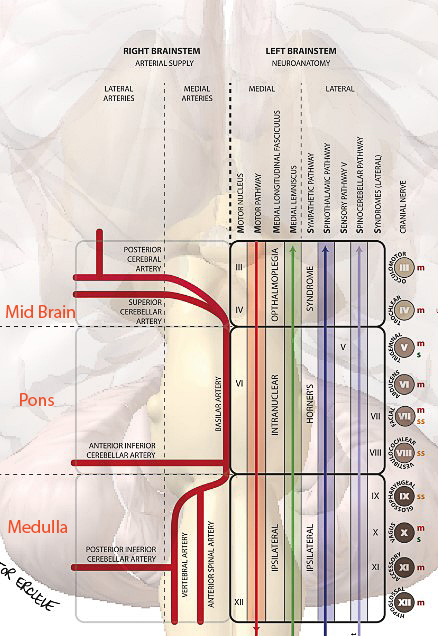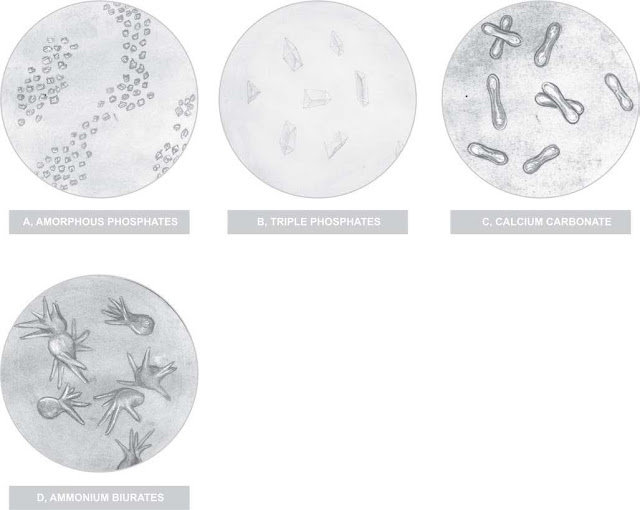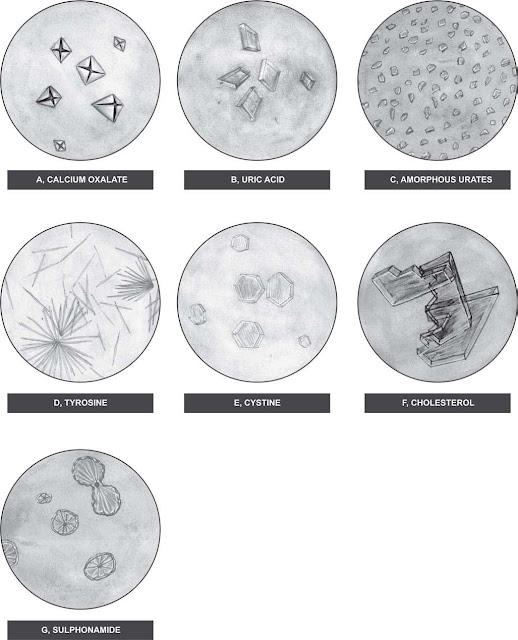Post-op Complications of Cataract Surgery- Mnemonics
Early Post-operative Complications- FETISH F- Flat Anterior Chamber E- Bacterial Endophthalmitis T- Toxic Anterior Segment Syndrome I- Iris prolapse S- Striate keratopathy H- Hyphaema Late Post-operative Complications- ABCDEFG A- After cataract B- Pseudophakic Bullous keratopathy C- Cystoid Macular Edema D- Retinal Detachment E- Epithelial ingrowth/ Endophthalmitis F- Fibrous downgrowth G- Glaucoma-in-aphakia and pseudophakia


